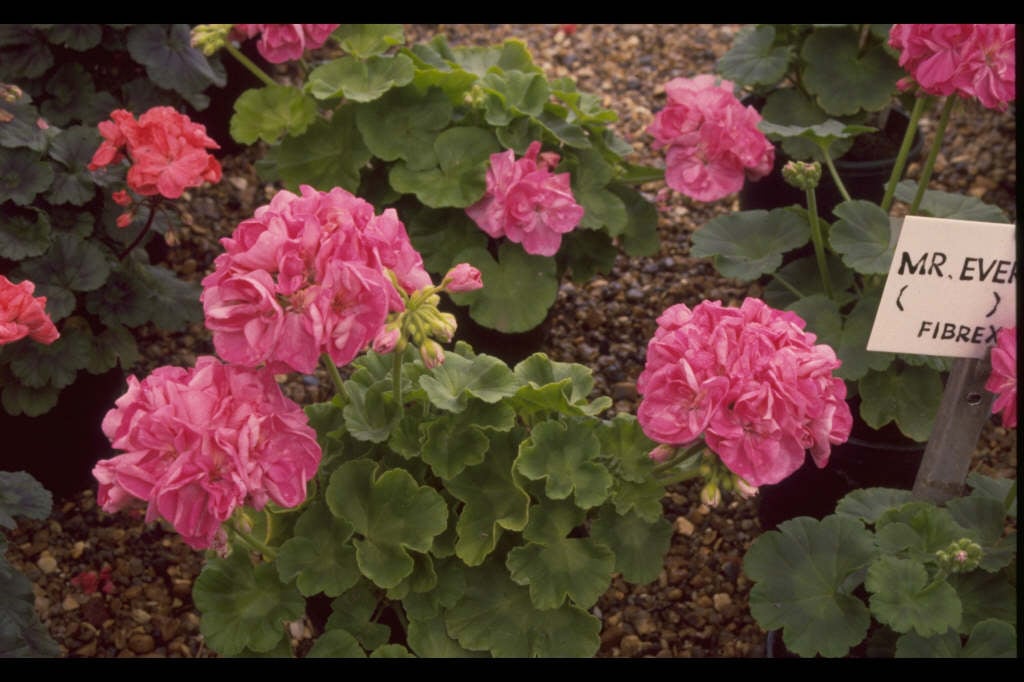Size
Ultimate height
Up to 10cmTime to ultimate height
1–2 yearsUltimate spread
0–0.1 metreGrowing conditions
Moisture
Well–drainedpH
Acid, Alkaline, NeutralColour & scent
| Stem | Flower | Foliage | Fruit | |
| Spring | Green Yellow | |||
|---|---|---|---|---|
| Summer | Pink Red | Green Yellow | ||
| Autumn | Green Yellow | |||
| Winter | Green Yellow |
Position
- Full sun
Aspect
West–facing or East–facing
Exposure
Exposed or Sheltered Hardiness
H1CBotanical details
- Family
- Geraniaceae
- Native to GB / Ireland
- No
- Foliage
- Evergreen
- Habit
- Bushy
- Genus
Pelargonium can be perennials, sub-shrubs or shrubs, sometimes succulent and mostly evergreen, with palmately lobed or pinnately divided leaves and clusters of slightly irregular, 5-petalled flowers
- Name status
Accepted
- Horticultural Group
- Dwarf pelargoniums are compact Zonal types, a little larger than Miniatures, and growing to 20cm, with single or more typically double flowers; well suited to containers
How to grow
Cultivation
Grow in fertile well-drained soil in full sun. Remove spent flowers. To overwinter, grow small plants in late summer from cuttings. See Pelargonium cultivation for further advice.
Propagation
Take softwood cuttings in summer and overwinter plants in frost free conditions or take softwood cuttings in spring
Suggested planting locations and garden types
- City and courtyard gardens
- Coastal
- Cottage and informal garden
- Patio and container plants
- Flower borders and beds
Pruning
Deadhead regularly
Pests
May be susceptible to vine weevil, leafhoppers, caterpillars, thrips, fungus gnats and aphids
Diseases
May be susceptible to foot and root rots in wet soils, grey moulds, pelargonium rust and and a virus
Get involved
The RHS is the UK’s gardening charity, helping people and plants to grow - nurturing a healthier, happier world, one person and one plant at a time.
